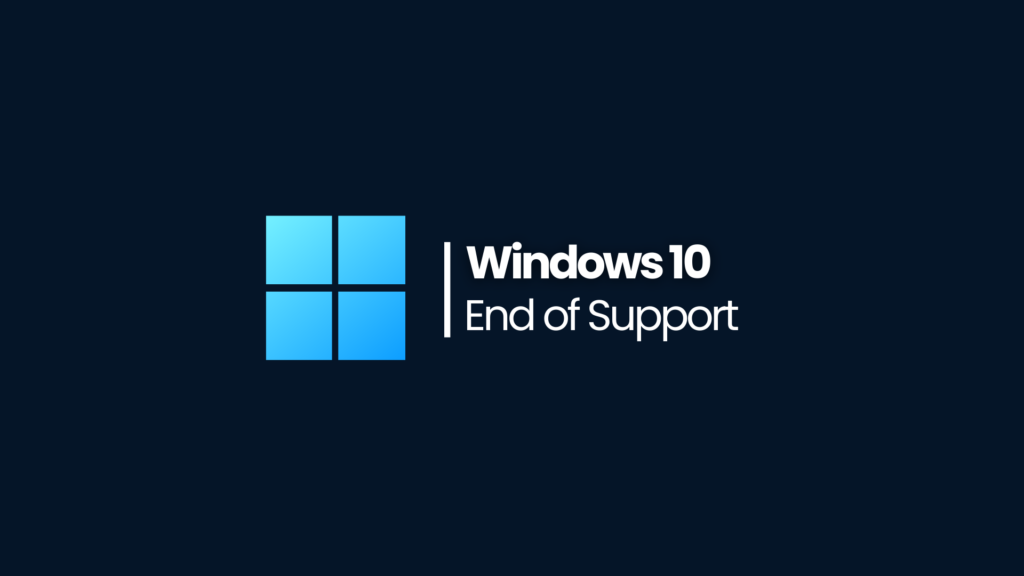Are you still running Windows 10 in your business? If so, this blog is for you
As we get closer to 14 October 2025, it’s important to understand what the end of support for Windows 10 means and how you can prepare for it.
Microsoft has locked in 14 October 2025 as the day they’ll stop supporting Windows 10. After that, if you’re still using it, you won’t see any more security updates or new features or get a hand from Microsoft’s support crew.
What Happens When Support Ends?
Even after support stops, your Windows 10 system will still work without updates. However, it could become an easy target for security risks, and you might run into trouble using newer programs or devices. Sticking with an unsupported system could expose you to things like malware or other online threats.
So, what can you do? Here are some practical steps to consider:
1. Upgrade to Windows 11: If your current setup can handle it, moving to Windows 11 is a simple way to keep everything safe and current. Windows 11 offers a modern interface, enhanced performance, and ongoing support from Microsoft. To check if your PC is eligible, you can use Microsoft’s PC Health Check tool.
2. Purchase a New PC: If your existing hardware doesn’t support Windows 11, it might be time to consider investing in a new computer that comes with Windows 11 pre-installed. That way, you’re sorted with the latest tech and security built-in. You can check out Windows 11’s system requirements online for more details. Learn more here.
3. Extended Security Updates (ESU): Microsoft is offering a paid option for those who need a bit more breathing room. It’s called the Extended Security Updates programme, and it’ll give you critical security fixes for up to three years after support ends. You can sign up for it starting in 2025.
While not recommended, you could keep using Windows 10 after support ends. However, be aware that this leaves your system vulnerable to security threats, and you’ll miss out on new features and software compatibility. If you opt for this route, consider implementing robust security measures and be cautious with the software you install.
How to Prepare for the Transition
Don’t leave it to the last minute, starting early makes it way less stressful.
First, use that PC Health Check tool to see if your system’s good for Windows 11. Before you do anything, save all your key files somewhere safe, just in case. It’s also worth having a play with Windows 11 beforehand. The new setup might feel a bit different, but getting familiar now will smooth things out. If you’re thinking about a new device, take your time to find one that suits your budget and business needs.
For businesses that may not be comfortable handling the transition on their own, a Managed Service Provider (MSP) can provide valuable support. An MSP can assess current systems, recommend the best upgrade strategy, and handle the transition to Windows 11 with minimal disruption. MSP can also provide ongoing IT support, security monitoring, and system maintenance to ensure the new setup remains secure and efficient.
Businesses, in particular, can benefit from expert guidance, as maintaining security and operational continuity is critical when transitioning to a new operating system.





